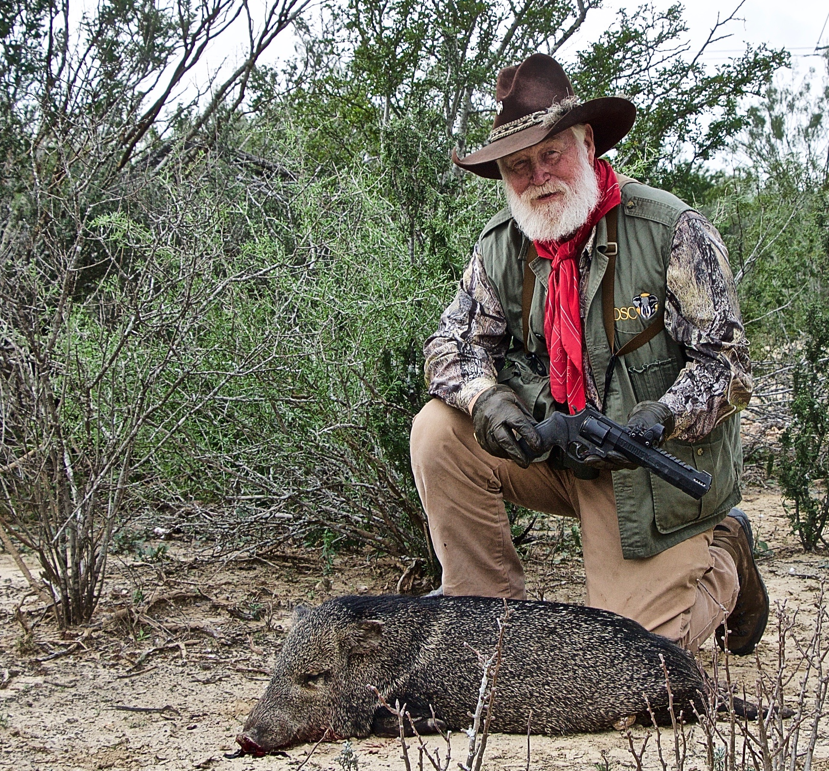In 2016, 101.6 million Americans age 16 and older enjoyed some form of fishing, hunting or wildlife-associated recreation. That’s 40 percent of the U.S. population.
The economic contribution of those activities was $156.3 billion. That’s 1 percent of GDP. In other words, one out of every 100 dollars produced from U.S.-made goods and services was from wildlife-related recreation last year.
Specifically, 39.6 million Americans participated in fishing and/or hunting in 2016. In total, they spent $41.7 billion on equipment, $30.9 billion on trips, and $7.8 billion on licenses and fees, membership dues, land leasing/ownership, and plantings for hunting.
The survey results do not include youth under the age of sixteen. Using data from survey responses, the USFWS calculated that around 8.1 million youth participated in angling and 1.4 million went hunting last year.
For the first time, the survey also estimated that over 32 million target shooters participated with firearms in 2015, in addition to another 3.8 million youth target shooters. For recreational archery shooters, there were 12.4 million participants age six and older.
Every five years since 1955, the U.S. Fish and Wildlife Service conducts the National Survey of Fishing, Hunting and Wildlife-Associated Recreation. The 2016 survey revealed slight decreases in the number of hunters and their expenditures since the last survey in 2011, but was comparable to 2006 results. The number of anglers increased by 8 percent with the greatest increase in freshwater fishing. Wildlife watchers increased by almost 14 million since 2011.
This report highlights the importance of wildlife-related recreation not only as a key aspect of many Americans’ lives, but also as a vital part of economic activity. The final survey results will be available in December.
Source: USFWS



